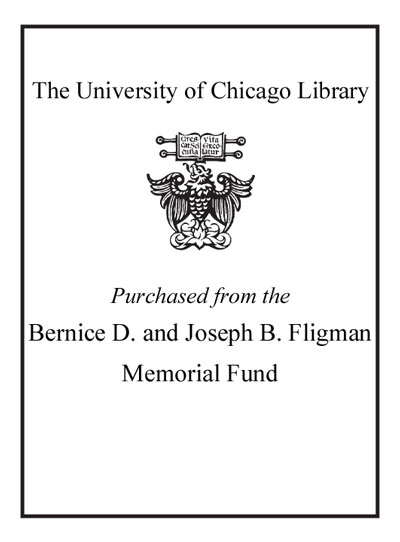Introduction For as long as I can remember, I've had a particular way of working. I begin by making notes based on my thoughts about a subject and my research into it. This is followed by interviews, which I record and then transcribe--a time-consuming process, but one that enables me to discover things I missed while absorbed in the original conversations. I cut the notes and transcripts into strips of paper--sometimes hundreds of them--and lay them out on the floor, arranging and rearranging them until their order represents the story I want to tell in the way I want to tell it. With a pencil and yellow pad, I draft whatever it is I'm writing, then type it up with the Olympia manual I've had for forty-plus years, rewriting and retyping until the work is done--at which point it finally goes into the computer. While I don't work precisely this way all the time, unless I follow some variant of my routine, however cumbersome it may sometimes be, the outcome doesn't feel authentically "mine"--because it hasn't emerged from the process by which I practice the craft of writing. As a result of this approach--and my sensitivity to when my own work becomes authentic to me--I have always been interested in why certain things feel "crafted" and others do not. In 1964, Supreme Court justice Potter Stewart famously observed that while he couldn't precisely define hard-core pornography, "I know it when I see it." That is how I feel about craft. It may seem easily discernible. But the more of it you see--the more you realize how many forms it takes, and how imaginatively it can be interpreted--the more resistant craft becomes to easy explanation. On the one hand, everyone knows what it is: craft involves, in the architect Adam Yarinsky's formulation, "the hand and how it registers on the making of something"; an informed understanding of a (typically organic) material and how to tease out its potential; and a method of making that combines a vast store of skill-based knowledge with experience and artful intuition. Viewed from this perspective, a craft object is easy to identify: George Nakashima's tables, a glass dragonfly by René Lalique, George Ohr's pottery, a Fabergé egg. On the other hand, this definition isn't large enough to include what we instinctively perceive to be craft when we encounter it in other, unexpected places--for example, in product and industrial design, as in the work of Tapio Wirkkala, one of the twentieth century's most prolific and versatile creators. A gifted draftsman who could express himself equally well with hand tools, Wirkkala would produce countless sketches of an object, refining his ideas with multiple models and molds. Then he would migrate this craft-based sensibility to the mass-production phase: immersing himself in the requisite processes, making design adjustments as necessary, and working side by side with the fabricators, whether the object was a Venini polychrome vase or the Finlandia vodka bottle--perhaps his best-known design, the manufacturing of which required thousands of hours of experimentation. By keeping hold of the reins throughout production, Wirkkala was able to preserve the quality of craft that had emerged during development--a quality that remained evident in the mass-produced object. This same double vision can be applied to the presence of craft in architecture and interiors. If there is such a thing as a common understanding of "the craft of architecture," it can perhaps be found in the appropriately named Craftsman style of the architects Charles and Henry Greene--notably their 1908 Gamble House in Pasadena, California, with its superlative woodwork--or the English Arts and Crafts movement and its presiding figure, William Morris, Excerpted from Re:Crafted: The Craft Influence in Contemporary Architecture and Design by Marc Kristal All rights reserved by the original copyright owners. Excerpts are provided for display purposes only and may not be reproduced, reprinted or distributed without the written permission of the publisher.

